
If you’ve never heard of seasonal affective disorder (SAD), it’s a real form of depression that accompanies the short, dreary days of winter. Fortunately, light therapy can help, with special lamps alleviating some of the symptoms if they’re used regularly. The Exposure Six Pack bike light weren’t prescribed to me by a medical professional, and they happen to be attached to my mountain bike… but hey — maybe this could be a qualified medical expense?
In all seriousness, while night riding used to be a novelty I would try out a couple times a year, it turned into a necessity when I had my first kid. Once I started going out regularly and subsequently invested in some purpose-built lights, I fell in love with night riding, and now I look forward to going out in the dark and having a usually well-trafficked trail system all to myself. If you’ve already dipped a toe in and want to get serious about the night life, Exposure Lights should definitely be on your radar.
Exposure Six Pack MK14 light specs
- Brightness: 5800 max lumens
- Battery: 20,000 mAh (see runtime charts below)
- Weight: 386g
- Price: $535
- Buy from Exposure
Exposure Zenith MK3 light specs
- Brightness: 2200 max lumens
- Battery: 5,000 mAh
- Weight: 150g
- Price: $320
- Buy from Exposure


Initial Exposure
For this review, I tested out two flagship lights from the West Sussex, UK-based lighting brand: the Six Pack MK14 on the handlebars and the Zenith MK3 on my helmet.
My own experience with brands like Hope gives me a perception of the UK as a machining powerhouse, and Exposure certainly supports that stereotype. I only recently became acquainted with the brand, but they’ve apparently been at it for two decades, and it shows.
Both lights are beautifully crafted from anodized aluminum, and there’s a lot of attention to detail evident in the construction. Deep channels are machined into the light bodies to serve as a heat sink, and they also have a clear window at the back exposing offering you a glimpse of the circuit board around the power button and charging port. The Six Pack includes a screen displaying the remaining runtime to help you get out of the woods with some light to spare, but both lights also have a colored indicator light and a handy chart detailing runtimes laser etched on the light bodies themselves — along with a topo map around the light model name that looks fantastic.

Light performance by the numbers
Charging from empty is claimed to take the Six Pack about 8 hours and the Zenith around 5. I must have a newer fast charger for the former, because I timed it going from 30% to full in a little over 2 hours. Runtime for each will vary widely based on which light program you choose. While you can’t individually customize the high, medium, and low outputs of these two lights, you can choose from 10 pre-set “programs” for the former and 8 for the latter that will pretty much suit any need you might have. As mentioned, the details in the chart below are etched into the lights, which is pretty cool — and if you’re wondering what Reflex means for the Six Pack, we’ll get to it in just a second.
| Six Pack | Zenith | |||||
| Program | High | Medium | Low | High | Medium | Low |
| 1 | Reflex 3 hours | – | 12 hours | 1 hour | 3 hours | 6 hours |
| 2 | Reflex 6 hours | – | 18 hours | 2 hours | 6 hours | 9 hours |
| 3 | Reflex 12 hours | – | 24 hours | 3 hours | 10 hours | 18 hours |
| 4 | 2 hours | 6 hours | 12 hours | 1 hour | 3 hours | – |
| 5 | 3 hours | 10 hours | 24 hours | 2 hours | 6 hours | – |
| 6 | 4 hours | 12 hours | 36 hours | 3 hours | 10 hours | – |
| 7 | 2 hours | – | 6 hours | 10 hours | 18 hours | SOS |
| 8 | 3 hours | – | 10 hours | 1 hour | 5 hours | 18 hours |
| 9 | 4 hours | – | 12 hours | |||
| 10 | 10 hours | 24 hours | SOS | |||
One thing I appreciate about these program options is that some of them ditch a third mode and instead switch from high to low. For the vast majority of rides, I typically want to keep operation as simple as possible with only two settings: full bore for downhill and just enough for gravel roads and singletrack climbs. I was glad to see Exposure cater to that, although it turns out they went a step further to simplify operation.

Technology
A bunch of brightness levels to choose from is nice, but one of the reasons I was keen to try out Exposure is a feature they’ve dubbed Reflex technology. Reflex purports to use data from accelerometers in the light to adjust brightness based on your speed, dimming for climbs and then automatically intensifying when the trail does the same.
I spent a lot of my testing time in Program 1, leaning on Reflex to extend the runtime to three hours by automatically dimming down to a lower level when appropriate. In my experience, the tech worked really well, and the shift up and down in intensity is subtle and seamless. Because most of my rides are less than three hours (woe is me, right?), I could happily live in Program 1 pretty much all the time and only venture out to 2 and 3 for lengthier adventures or endurance races — which is probably why Program 1 is the default out of the box. The Six Pack is simply a beast of a light, blazing up to 5800 lumens from a 20,000 mAh battery in a package that weighs less than a pound (386 grams to be exact).
Zenith
Up on the helmet, the Zenith is powerful but a little more judicious. Capable of shining 2200 lumens for an hour, it’s less than half the size of the Sick Pack and contains a 5,000 mAh battery. While the Zenith isn’t (yet) equipped with Reflex, it does have a technology Exposure calls TAP. Instead of requiring you to push the small button on the rear of the light, which can be difficult while wearing thicker gloves, you can cycle through brightness levels just by tapping on the light body or even your helmet. It’s a clever system that’s definitely a step in the right direction, but after my positive experience with Reflex on the bars, I do hope to see it included on a helmet light in the future.
With their various technologies and runtime options included and just a single button on each light, it’s no real surprise that these are read-the-manual products. For example, here’s how you set up the TAP tech on the Zenith: “There are three sensitivities of TAP, for user preference. To activate TAP, or to change the sensitivity of TAP, you need to access Program 9 using the Optimised Mode Selector (see OMS section). When you release the Function Button the LED on the back of the light will be green for 2 seconds. Whilst it is lit tap the back portion of the light to change sensitivity.” In lieu of me pasting the rather complicated instructions for both lights, just go read the manual — you’ll learn a lot.

The ride
So what are these lights like out on the trail? In a word, exceptional. With Reflex wizardry giving you 5800 lumens of brightness and 3 hours of runtime, what’s not to like? Everyone has their own idea of how much light is enough when riding after dark, and there’s definitely folks who think that 5800 lumens on the bars is completely unnecessary. Skip this part if you have to, because I’m not in that contingent.
In my experience, if two lights are similar enough in functionality and quality, I’ll take the brighter one every time. Lots of lumens = lots of flexibility, because you can always turn the power down when you don’t need it. Because runtime and lumens are pretty much proportional, cutting the brightness of the Six Pack in half doubles an already excellent runtime and maintains a highly competitive output. And that’s exactly how Reflex manages to deliver power to knock your socks off with that generous three-hour riding window. It’s insanely bright, yes, but only when you’re hauling ass down the side of the mountain eyeing up a frankly pretty undersized catch berm. When it matters most, visibility is a nice thing to have.
As the trail levels out and then inevitably turns back uphill for a half-hour gravel grind, the light effectively manages output to ensure it lives up to the remaining duration it’s promising right in front of you on the screen. It’s quite a neat trick.
Mounting the Six Pack and Zenith lights
Historically, my go-to lights for both bar and helmet have had a separate light head and battery pack. The biggest advantage this offers is power and runtime — if you’re willing to faff around with some cables, you can get a much smaller light body and put a bigger power plant elsewhere on you or the bike.
While I maintain that separation is probably still the move on the ol’ noggin, where it allows for super compact light heads with great power and runtime, the situation is becoming a little less cut and dry on the handlebars. The Six Pack is very convenient to just throw on the bars if you leave the mount attached, and despite its giant battery creating a larger and more ungainly looking profile than my previous daily driver, I never felt like it was in the way.
The included bar clamp is pretty standard issue and tightens with a hex bolt. The Exposure system for connecting the light to the clamp is simple, secure, and includes a semi-convenient quick release so you can pop the light on the charger after a night in the woods.


A small gripe I have with the Six Pack mount is the attachment on the light body itself, which can be prone to loosening if the light gets knocked around. This only happened a few times (once after I took a nice little OTB digger), but when it did it meant that I needed to get a tool out to straighten the light back out horizontally. Fortunately, I was already doing that to my handlebars, but still… The quick release can also get stuck and really require some force to disconnect. I’m glad it’s secure, but it’s not exactly tool-free if you have to find something to use as leverage under the release mechanism.
On the plus side, the robust aluminum body and the fact that the light can twist if it really needs to mean the Six Pack appears ready to take a beating and keep on shining.
Zenith helmet mount
The Zenith includes mounts for both bar and helmet, with the latter going through a vent hole in the helmet and squeezing it from either side to stay in place. It’s simple and will work with a lot of different options out there. Unfortunately, I’ve been a devotee of the Fox Dropframe helmet for a few years now, and the otherwise universal option doesn’t play well with that. Forced to switch to the dusty backup lid laying around my gear room, I quickly ordered an Exposure Lights GoPro adapter. For a light retailing for $320, it would have been nice to include that in the kit. Uh-oh, did I mention money?
Cost
For 99% of us (go team!), cost is a factor in any purchase, and at least one person will comment about the perfectly good lights they got for $30 from Amazon. I get it, and back when I rode only two or three nights a year, I did it with some jerry-rigged setup that I would charge outside in the driveway to be sure it wouldn’t set my house on fire.
Now that I’m riding as much at night as I do during the day, the equation has changed. If you don’t want to have to adjust your riding style after dark, I’ve got good news and bad news. The bad news is that you’ll have to spend some money. The good news is it will have an incredible return in terms of your ride quality (and likely quantity as well). It always amazes me that people will spend an extra $2,500 on a set of wheels they couldn’t pick out in a blind test, but then balk at spending a quarter of that to turn night into day.
And that’s really the point of these lights. What if, instead of frantically running errands on the way home from work or trading paint with other parents in the school pickup line, you could sit back and relax as the sun went down? It might look like some LEDs and circuitry in a pretty package, but to me, Exposure is really selling the freedom to get out and ride any time you want or anytime you can — and it’s quite a compelling offer.
A Quick Comparison
Everything is relative, so a few notes for some comparison in case you’re shopping around: my go-to lights have historically been the Gemini Titan 4000 on the bars and a Gloworm X2 on the helmet. This is a fantastic corded setup that offers a ton of brightness and ample runtime. Despite the superior form factor of the Titan with its wide and low stance on the bars, the cordless nature of the Six Pack and the ease of use offered by Reflex have won me over and made the Six Pack the first-round draft pick.
Up top, I still prefer the Gloworm X2, although I understand how someone wanting the cordless convenience and lighter overall weight would disagree. Personally, I’ll take the extra ~300g system weight and deal with a cord (very easy once you dial it in) to get a much longer runtime and a light head that weighs just ~80g on my helmet.
Pros and cons of the Exposure Six Pack MK14 and the Zenith MK3
Pros
- Bright with a good beam pattern
- Intelligent brightness adjustment thanks to Reflex tech
- Robust construction has survived crashes
Cons
- Cost, I guess
- Connection between the Six Pack light and quick release mount could be improved
- Reflex tech would be even better on the helmet light
- No USB-C charging










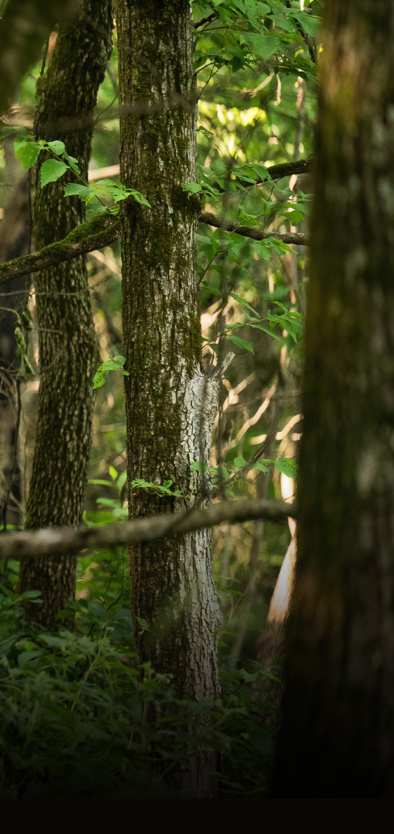



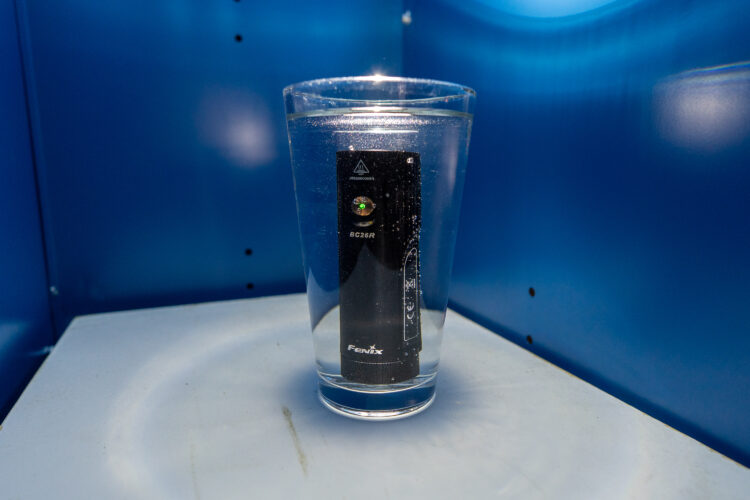

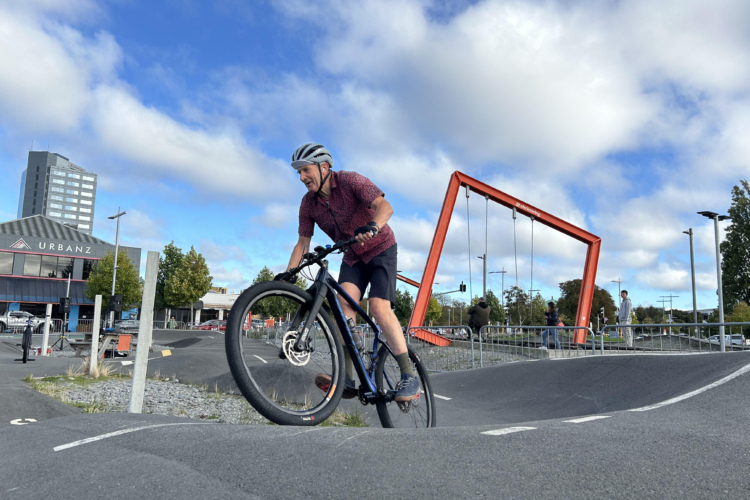
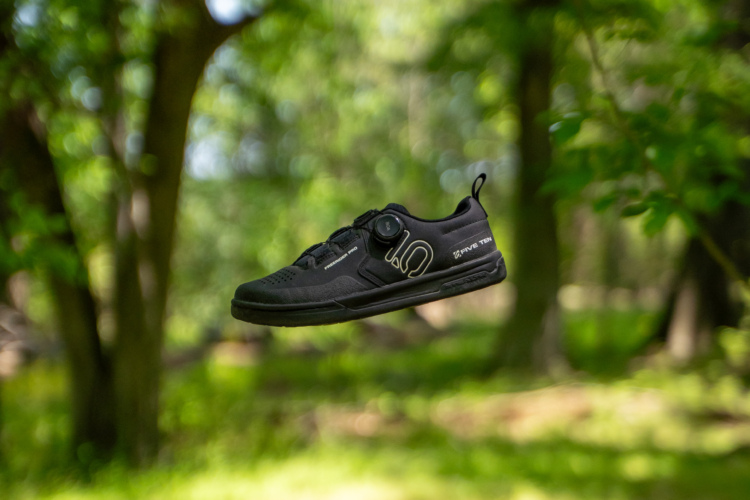

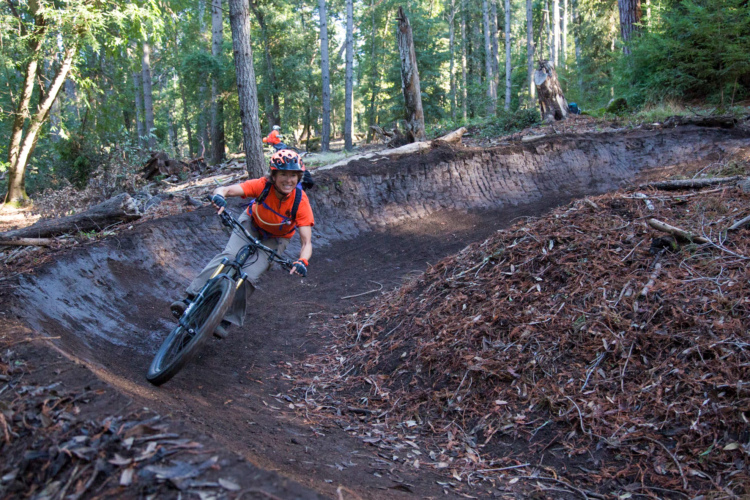

13 Comments
Mar 7, 2025
Mar 7, 2025
Mar 7, 2025
Mar 7, 2025
Mar 10, 2025
You don't want a round beam with a center bullseye hot spot. You want a flat beam with no hot spot where inside of beam pattern. Is evenly diffused and offer foreground, distance and peripheral illumination!
Better light options per budget
entry/budget
Infun GT200 for bar or helmet (I prefer helmet)
$45-65 range via AliExpress
Nice and wide, with adequate throw.
Novsite 800
Not as wide, but has ample amount of throw to compliment Infun GT200
Use as bad light
25-30$ range
King Kong 6 series ray or 7 series max with hi/low beam
More rounded, has both good throw and good spread along with a legit beam cutoff for oncomming.
25-45$ pending mounting bundle
Bar or helmet
Premium Lights (mid tier price level)
Outbound lighting Trail EVO
Awesome spread ,good throw (less than the typical round beam lights though)
$245
Bar light
Perceived brightness lacks a little.
New Portal light will fix that(helmet mount it)
Full on Lighting MB6
This is the cream of the crop
Has Ample spread, throw and perceived brightness.
Will outdo the outbound combo
Will work on bar or helmet.
420ish shipped
Round beams suck on low lumen form as it create tunnel vision, either low and get black matter above,.or point high for distance and loose foreground
Some companies overpower it magicshine/exposure etc which create other issues like more trail wash out, blow back, lumen drop off due to thermal overload protection...but they yield better illumination for both areas I guess...
Is it takes 8000 lumens via magicshine monteer to outdo a 2200 lumen outbound trail Evo for spread/peripheral illumination.
Mar 7, 2025
I generally ride with 1000 on the bar and another 1000 on the helmet and this has been good leading a group ride all winter. The helmet light is an Outbound Lighting that does charge with USB-C, costs WAY less and can even connect to an external battery if you need a really long burn time. Your situation may be different but I'm trying to imagine 5,800 lumens in a group setting and I'd be worried about safety.
Mar 14, 2025
Mar 9, 2025
I don’t see other riders all that often at night, and if we’re passing in opposite directions I always cover my bar light with my hand if I’m moving, or point the bars away if stopped.
You can also see people coming from a loooong way away at night so you have plenty of time to get to a good spot to pull off if the situation calls for it.
Again, good that you’re a conscientious rider! Just not even remotely an issue in my experience.
Mar 7, 2025
Mar 7, 2025
Mar 9, 2025
Mar 14, 2025
Mar 9, 2025
Also these are usually only running at 3-4,000 total. What you’re describing is more like a low-end bow fishing setup.